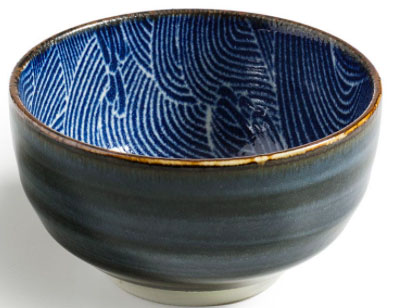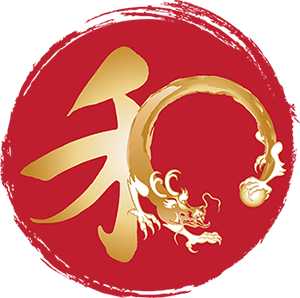READING TIME: 2 MINUTES.
The image of the sea and ocean waves can be seen on various forms of Japanese art: ukiyo-e paintings, kimono and other textile patterns, pottery etc. Considering that Japan is an island and the sea plays an important role in the lives of its inhabitants, this is hardly surprising. What many do not know however, is that there is a deeper, spiritual meaning that the pattern represents – Zen Buddhism’s concept of Ku or emptiness.

Wave Pattern Bowl, The Metropolitan Museum of Art
Ku refers to the essence of the Universe, the infinite, eternal and empty of form energy, from which all material forms arise. You may call that God, the Creator or Source – whatever term speaks to you. Just like a wave rises from the endless see and then merges back with it, so do we and everything in our material world will eventually return and merge back with the endless energy of the Creator.
To me what makes esoteric teaching like Zen so difficult to understand sometimes, is that they were never meant to be intellectually understood to begin with. They were rather meant to be experienced, to be seen. Once you have the experience, the words begin to make perfect sense. The waves in the sea allegory gives us such an experience of the esoteric concept. One has to admire how powerful art is as a medium of both expression and of experience of spiritual ideas. Being so experiential, it speaks from and directly to the soul.
Did the artist who made the bowl above know the spiritual meaning of what they were painting? We can’t know but there must have been something of the eternal that touched them, to make them want to freeze this brief moment of form in the sea of formlessness, and paint it on their piece.
* The Spirit of Japan Tours organizes private and group tours to temples and sites where you can experience the richness of Japan’s spirituality and traditions. Please, message us for more information about our future tours.


